I'm very new to modular synthesis. I currently own a DSI Prophet '08, original Roland JX3P, Behringer Model D, Ensoniq TS12 and several Akai and Roland samplers. I create HipHop, IDM, Ambient, OST, VGM, Dungeon Synth and occasionally synthwave or house. I first placed the Behringer system 100 modules in a basket and cancelled the order after notification everything was on back order. I decided to start with these.
The tiptop audio happy endings racks will be most useful for me since my studio room is already cramped. I have an Omnirax Force 36 desk (https://www.wwbw.com/Omnirax-Force-36-Workstation-548085-548085000203000.wwbw?source=TWWR5J1BB&cntry=us¤cy=usd) and the right side monitor stand/rack bay is cleared and ready to install two of the racks which are on the way. One of them comes has the power module. So far, I've ordered a Pittsburgh SV1-b, Noise Engineering Mimetic Digitalis and a Erica Synths Black Hole DSP 1.
I want to sequence the sv1b and the model D (staying in it's own box) for normal synth patterns and create long ambient sounds maybe get a little crazy with noises. I can stand to afford one more module for my first crack at this. Any recommendations? I thought about getting a Serpens Modular Hydrus but I have yet to see a video or demo of it. The description sounds like something I would utilize but not totally sure and I'm trying to fight my low level OCD of completing that 8 HP left in the first rack. The second rack will be in the closet ready for expansion once I feel confident enough creatively and financially to grow.

